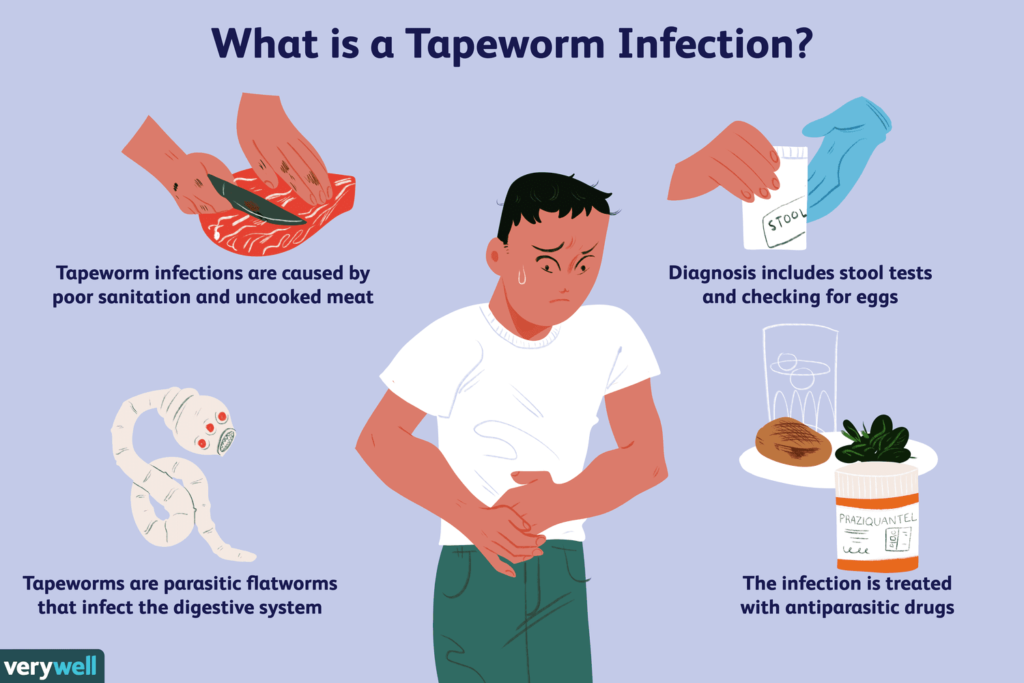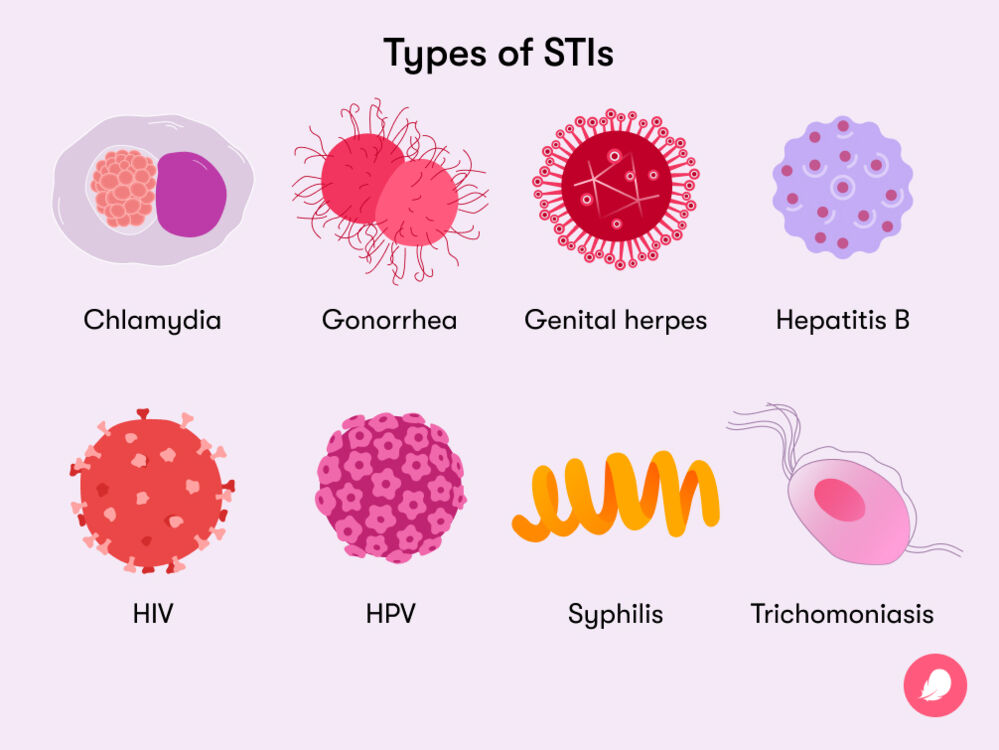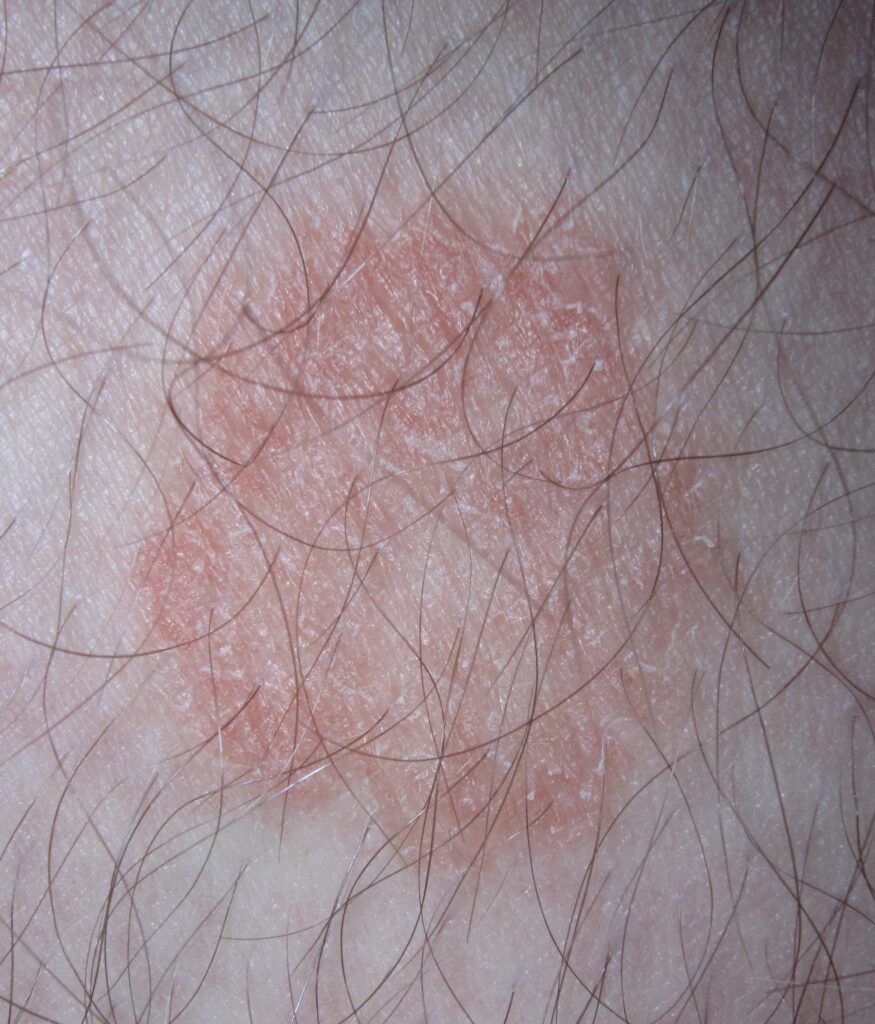Infectious diseases
Many living things live in and on our bodies. They are generally harmless or even helpful. But under certain circumstances, some organisms can cause disease.
Some are transmitted by insects or other animals. And you can get others by consuming contaminated food or water or by being exposed to organisms in the environment.
Signs and symptoms vary depending on the organism causing the infection but often include fever and tiredness. Mild infections may respond to rest and home treatment, while some life-threatening infections may require hospital admission.
Many infectious diseases, such as measles and chicken pox, can be prevented with vaccines.
Infectious diseases are caused by harmful organisms that enter your body from outside, such as viruses and bacteria. Non-communicable diseases are not caused by outside organisms, but by genetics, physical differences, aging, and the environment you live in. You cannot get non-communicable diseases from other people, from insect bites, or from food.
The flu, measles, HIV, strep throat, COVID-19, and salmonella are all examples of viral infections. Viruses are a piece of information (DNA or RNA) inside a protective shell (capsid). They enter your cells and use your cells’ machinery to make copies of themselves.
Bacterial infection. Bacteria are single-celled organisms whose instructions are written on a small piece of DNA. Bacteria are all around us, including inside our bodies and on our skin. Many bacteria are harmless or even helpful, but some bacteria release toxins that can make you sick.
Fungal infections. Like bacteria, there are many different fungi. They live in your body. You can get sick when your fungus overgrows or when harmful fungus enters your body through your mouth, your nose, or a cut in your skin.
Parasitic infection. Parasites use the bodies of other organisms to survive and reproduce. Parasites include worms and some single-celled organisms.
Transmissible spongiform encephalopathies (TSEs/prion diseases). TSEs are caused by prions – faulty proteins that cause other proteins in your body, usually, your brain, to malfunction. Your body is unable to use or get rid of these proteins, so they build up and make you sick.
Most infectious diseases have only minor complications. Certain types of infections are linked to a long-term increased risk of cancer:
Human papillomavirus is linked to cervical cancer.
Helicobacter pylori are associated with stomach cancer and peptic ulcers.
Also, some infectious diseases can be silent, only to reappear in the future—sometimes even decades later. For example, someone who has had chickenpox can develop shingles much later in life.
Follow these tips to reduce the risk of infection:
Wash your hands. This is especially important before preparing food, before eating, and after using the toilet. And try not to touch your eyes, nose, or mouth with your hands, as this is a common way germs enter the body.
Get vaccinated. Vaccination can greatly reduce your chances of contracting many diseases. Make sure you keep your children up to date on their recommended vaccines as well.
Stay home when sick. Never go to work if you are vomiting, have diarrhea or have a fever. Do not send your child to school if he or she has these symptoms.
Prepare food safely. Keep counters and other kitchen surfaces clean while preparing food. Cook food to the correct temperature, using a food thermometer to check this. For ground beef, this means at least 160 F (71 C); For poultry, 165 F (74 C); and for most other meats, at least 145 F (63 C).
Also, refrigerate leftovers immediately – don’t let cooked food sit at room temperature for too long.
Practice safe sex. Always use a condom if you or your partner have a history of sexually transmitted infections or high-risk behaviors.
Do not share personal items. Use your toothbrush, comb, and razor.









